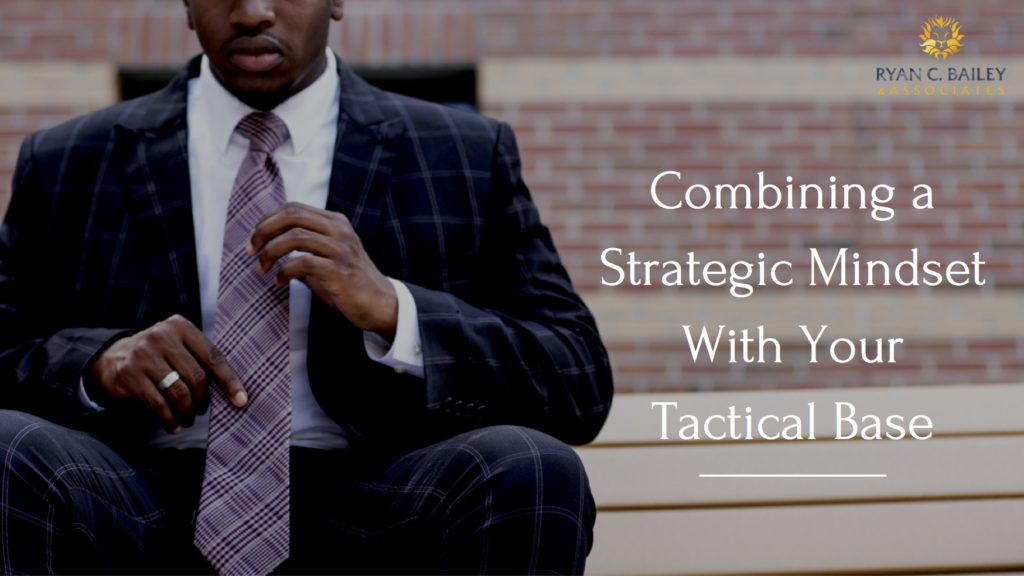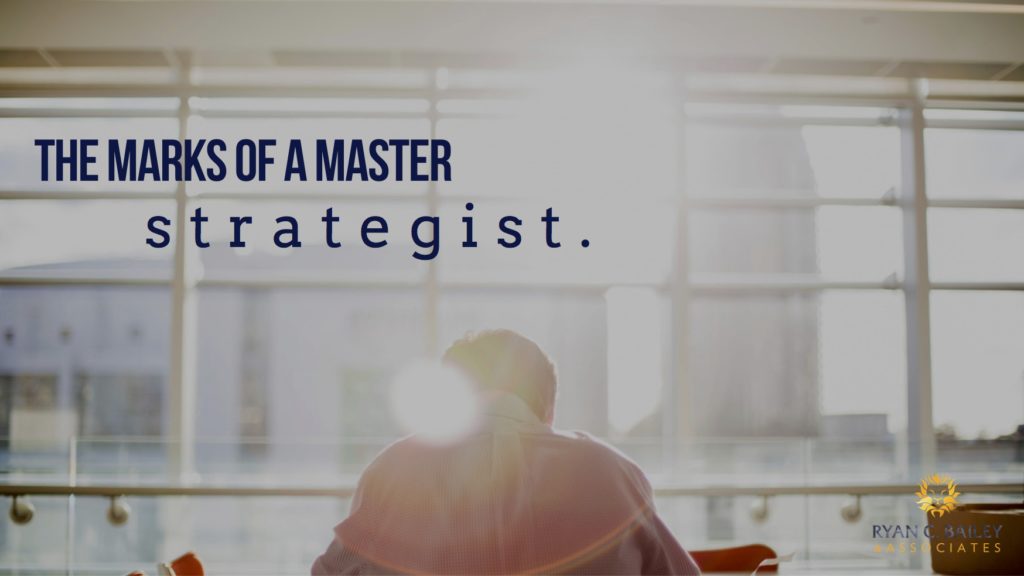At long last! Several months after COVID-19 first hit the United States, businesses are beginning to reopen. Strict quarantine rules are slowly being phased back as more people venture out for dining, personal care services, and recreation.
What does this mean for you? As your company redesigns for social distancing and cleaning requirements, you may need to figure out how to re-staff.
But here’s the crux of the problem. State unemployment benefits have risen dramatically in light of COVID-19 ($978 on average this year, compared to $378 on average last year). And the federal CARES Act has been supplying all unemployed workers with an additional $600 per week, provided they are unemployed as a direct result of COVID-19. As a result, around half of all workers in the United States are more financially incentivized to stay unemployed than to return to work.
If you run a company or have a hand in your firm’s HR strategy, you may struggle to get old or new staff members to fill positions. So the purpose of this blog post is to give you 4 ways to encourage your eligible workforce to come back to work.
1. Create non-monetary incentives.
Let’s start off with some hope-giving statistics:
89% of bosses believe employees quit because they want more money. But reality says that only 12% of employees switch jobs for a pay raise.
American workers said they would be willing to give up 23% of their entire future lifetime earnings for a job that was always meaningful in a survey of 2,000+ participants.
In a study conducted by Glassdoor, the top predictor of workplace satisfaction was not pay across all income levels.
In other words, money may not be the primary reason why employees are staying away from work. Especially when you factor in the perilous effects of quarantine boredom (i.e. a high correlation with depression, anxiety, and drug and alcohol abuse), your eligible workforce may be more ready to return than you’d expect. Thinking strategically, you can create some truly compelling non-monetary incentives, which may work even better than upping wages. Here are a few suggestions:
Of course, let your eligible workforce know that you care about their health. Follow OSHA guidelines. But then also hold open conversations with previous staff members about what safety concerns they might have around returning. What else can you do to give your team peace of mind? Do they want frequent breaks to wash their hands? Do they want you to provide high-quality masks? Create a workplace that ensures your staff members don’t feel threatened to return.
The CARES Act ends July 31st. At that point, millions of Americans will be swarming back to work, unable to support themselves entirely on state unemployment benefits. Let your old team know that you want them to have a secure job with you when that time comes. Let them know that you want them specifically and give them reasons why. For example, “Ian, no matter how busy and chaotic work is, your humor and optimism always make the day better for everyone,” or, “Sally, you work tirelessly and quietly, ensuring everything goes off without a hitch from the background. Without you, we would never be able to run as smoothly as we do.” Recognition is the #1 motivator of work productivity, whereas a pay raise ranks at only #5. (And this goes without saying, but make sure your praise is genuine. Flattery is unethical, easily detected, and ineffective.)
Use reopening as an opportunity to clean out your culture. No one’s work culture is perfect, and values are alive and ever-changing. Core values may not have stuck and need to be analyzed and reconsidered. Aspirational values may need to be updated. Overtime, organizations collect accidental values: values that arise without intentionality from leadership and represent the commonalities of the majority. In what ways has your workplace culture become tacky, exclusive, or just plain dull? If you want some help in finding the answer, talk and listen to your front-line and most entry-level workers. How can you make your company’s workplace the best place to be?
Create meaningful work. Do you know the long-term goals of your previous team members? Do you know their passions? If not, be willing to ask! And let your old team know that, moving forward, you want more now than ever to help them achieve their goals and experience their passions every day at work.This may mean that you have to do some organizational shuffling. (For example, Shelly likes making people happy but has been in data analytics; she should be moved to a customer-facing role.) This may also mean that you have to give your employees more autonomy or change up accountability. (For example, Ryan and Perry are competitive, but their work output is not easily measurable; you should come up with ways to quantify and track their work.) How can you help your workers live fulfilling and satisfying lives?(As a disclaimer, this strategy can be extensive and challenging. What do you do with an employee whose only passion is video games? How do you thoughtfully hold these kinds of conversations with a staff of 30? Reach out in the contact form below if you get stumped!)
Lastly, foster opportunities to develop your people. Everyone, even those who flip burgers unnoticed in the back of your store, wants to feel like they are growing, learning, and improving. And every role develops what are called transferable skills, or skills that hold across industries and jobs. (Some transferable skills include communication, problem solving, emotional self-awareness, etc.) Unfortunately, development of transferable skills often goes unnoticed and un-praised, in contrast to the often hyper-focus placed on bottom-line results. What skills does a burger chef develop that may be helpful to her in future jobs? If you want to invest in your people, you need to know in what ways you are investing in them and get creative. For example, a burger chef might develop attention-to-detail, an awareness of work flow, organization, and/or cooperation.If you want to attract talent back to your business, give them reasons to come that go beyond their immediate circumstances and last into the rest of their life. This can be as simple as attaching a list of transferable skills to each role and creating accountability and rewards around those skills.
These suggestions can seem daunting because they are (and should be) fairly time-consuming. Doubting the fiscal return of your efforts is reasonable. But these suggestions aren’t just “nice” ways to “smooth-talk” your staff back into work. Holding these types of conversations not only creates personal impact, but also increased revenue. Since we started with statistics, let’s end with one more:
This study generated estimations that a highly meaningful job will produce an additional $9,078 per worker, per year, given established job satisfaction-to-productivity ratios.
Is the effort worth it to you?
2. Report an “Offer of Work.”
In some states, a refusal to return back to work (when given a fair offer) leads to disqualification from unemployment benefits.
For example, if you offer employment to Bob who used to work for you, Bob might reject your offer because he’s earning more unemployed than he would returning to your company. You can counter his rejection by reporting a copy of your job offer to your state’s Department of Labor. Bob will then lose his unemployment benefits. At that point, you could then re-offer the position to Bob under his new conditions.
Some important notes for using this option:
Clearly, the nature of this option is harsh. Essentially, employers can use leverage to “force” employees back to work.In order to use this option honorably and effectively, be proactive in your communication. If you can, build trust by hosting an open dialogue around a return to work before you extend offers; listen to fears and objections and see what you can do to help your team return to work with ease and eagerness. If you can’t hold that kind of conversation, at least proactively let candidates know that they may be in danger of losing unemployment benefits if they reject your offer. (This also eliminates the necessity of a re-offer.) Above all, if you use this option, strive to be fair. If you can’t compensate your employees financially, again, how else can you compensate them with non-monetary incentives?
Unfortunately, each state’s process is different and developed in real-time. Some states are not yet even offering this option. You may have to do a bit of hunting on your state’s Department of Labor website to find the details that apply to you.
The offer you give must be more or less similar to the offer you first gave. In other words, you can’t slash wages or significantly alter the role’s responsibilities. (Again, details vary per state.)
3. Try employing workshare.
In some states, a workshare program allows you to employ your workforce for a percentage of their normal hours (e.g. 40%). Those employees would then collect (1) 40% of their normal wages, (2) partial unemployment benefits from the state, and (3) $600 in benefits from the federal CARES Act. In some cases, the combined total of the 3 sources of income would be greater than either full employment or full unemployment.
Again, each state varies on specifics. Check out your state’s Department of Labor and see if you can create a plan that works for you and your employees.
4. Use the intermittent furlough strategy.
If you haven’t yet closed your business entirely, you may be able to immediately implement the intermittent furlough strategy. This strategy avoids the mistake of reducing 10 staff members to 50% of their normal hours, an act that would disqualify them from unemployment benefits. Instead, try employing 5 staff members for 100% of their normal hours in one week, and then employing the other 5 staff members for 100% of their normal hours in the next week. Continuously alternate between the two subteams.
Due to new stipulations in the CARES Act, these employees can collect wages during their week on and unemployment benefits in their week off.
I hope that this article has helped! Navigating through available solutions can be daunting and confusing, and we all are experiencing this for the first time. If you have any questions on anything discussed above, please reach out to me at megan@ryancbailey.com. Wishing you the best!
Megan Koh is a Career Development Coach, with over 7 years of experience in helping others find and achieve their dream jobs. She lives south of Atlanta and is engaged to her sweetheart Danny.



